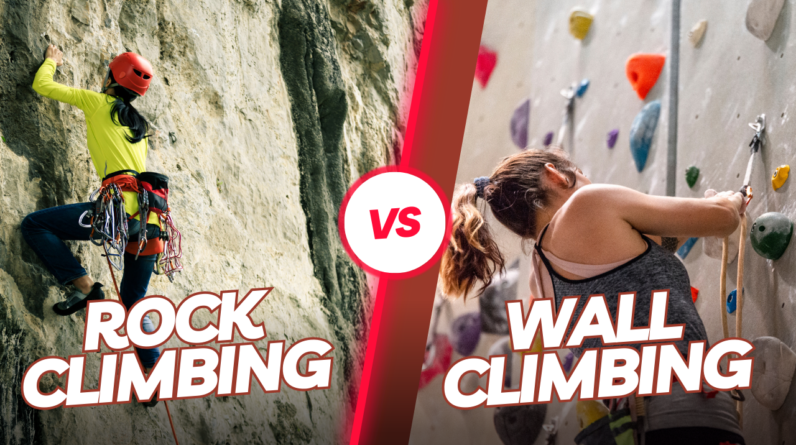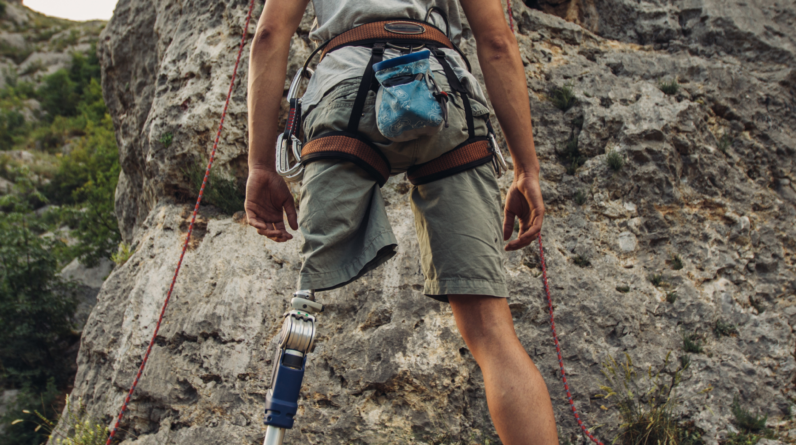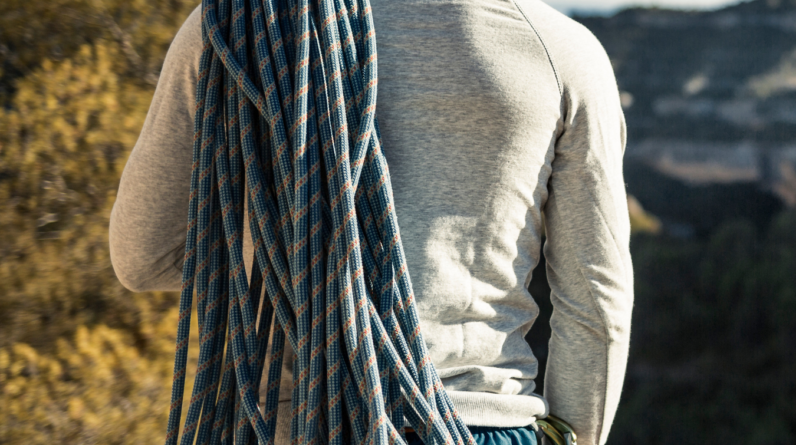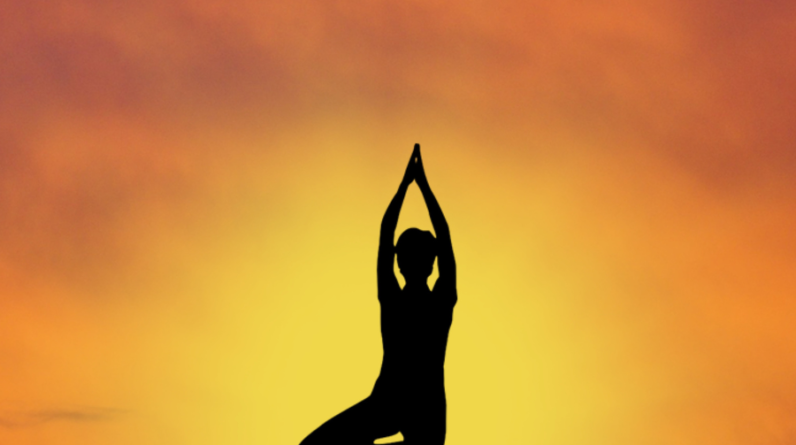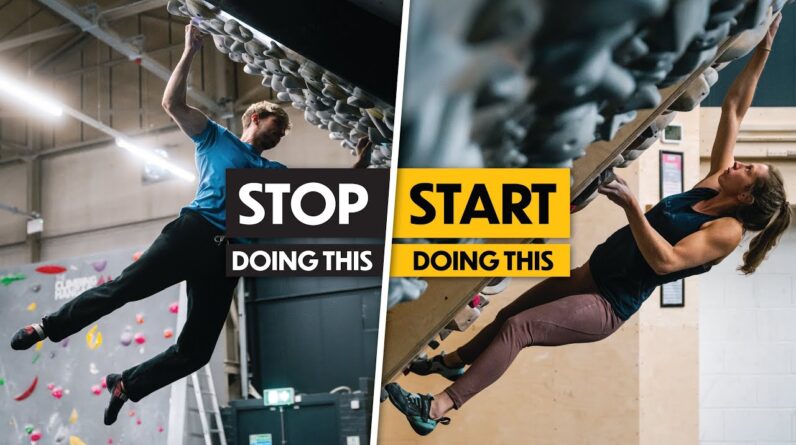
The Importance of Board Climbing for Developing Core and Body Tension
We love using a board for climbing training, especially for developing core and body tension. However, it’s easy to find ways around this by being too dynamic and not focusing on maintaining tension during moves. While this can be a good skill, it can also lead to bad habits and limit your ability to hold tension when it’s needed. In this session, we will go through three of our favorite exercises that you can perform on a training board. These exercises are an excellent way to develop more core strength and tension in your climbing.
I’m here with Jen for a board session today, and we’re going to be training a very specific thing that the board is excellent for – body tension. I’ve gotten pretty good at jumpy, dynamic moves because a lot of indoor settings these days force me into that style. The board, specifically the moon board, has a lot of moves where you jump, cut feet, and then hit the hold. However, if you’re training to build body tension, especially for outdoor climbing, the board is one of the best training tools for developing that tension. Jen and I are going to be going through free training exercises on a board that you can add to your own training to get better at developing good tension while climbing.
What’s going to make this session so effective is applying some constraints or rules to the climbing. We’re not climbing without any rules – we’re going to force you to do certain things in your climbing, and this will change over the three exercises.
Pinned Hands
The first exercise we’re going to call “Pinned Hands.” What we’re doing here is taking two good handholds on the board and walking our feet around on the worst footholds or the furthest away footholds we can find, trying to maintain tension throughout the whole set. We’re going to work for about 10 foot moves to complete a set and go for four sets of this exercise. Take a minute or two’s rest between these sets as well, so that you are recovered and you can work to those really hard footholds. This is a nice first exercise to do – it’s going to start warming up your core and getting that awareness of tension in your body as well. However, most of the time, our foot doesn’t slip during a foot move – it tends to slip during a hand move, which brings us on to the next exercise in this session.
Pinned Feet
The next exercise is going to be “Pinned Feet,” but moving hands. Essentially, what we’re going to do is reverse the exercise, moving our hands and keeping our feet pinned on some hard footholds. Again, the handhold state needs to be really small, but you’re moving to handholds in a difficult position – it’s the body position we’re training, not finger strength.
By this point in our session, we’ve not done much actual climbing, but we’ve definitely warmed up our body and helped build that awareness of tension. So now we’re going to get to the climbing part, but we’ve still got that constraint in there where we want to apply tension for our climbing. What we’re going to do is pick three boulders that Jen and I have both completed, but we know it’s going to be really hard to do without letting our feet cut. Our aim is to go back through those free boulder problems and repeat them with no cutting of the feet. A foot can come off, obviously, for transitions, but at no point do we want both feet to cut from the wall when making a move. We’re going to spend roughly 10 minutes on each boulder, but importantly, we have not done the boulder until we’ve done it without our feet cutting. In a way, we’re making the boulder harder for ourselves than it needs to.
We hope you enjoyed this session and found it helpful for developing your core strength and tension in your climbing. Remember, when training on a board, it’s important to find ways to apply constraints and rules to your climbing to force yourself to hold tension and avoid bad habits. By focusing on exercises like Pinned Hands, Pinned Feet, and Climbing with No Foot Cutting, you can improve your overall climbing ability and take your skills to the next level. Don’t forget to take rest breaks between sets to recover and give your body time to adapt. And if you find that you need to work on your lower body strength, be sure to check out other training videos that focus on that area. Thanks for watching and we’ll see you next time!

